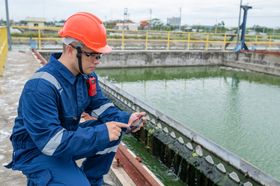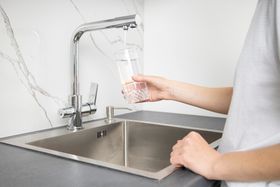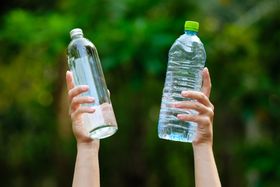Mayu Water Answers
Receive expert and informed answers to common questions about water quality and healthy, living water.
Recent Answers
Don't Panic: Here's What to Do If You Drink Contaminated Water
When you reach for a glass of water, you hardly anticipate that drinking it could result in sickness. However, water contamination does occur, and these unseen contaminants have the potential to impac
Asked 4 months ago
3 Natural Methods to Lower Water pH Safely
When it comes to pH levels, anything lower than 7 is considered acidic, and anything above 7 is considered alkaline. More alkaline water isn’t necessarily unsafe, although it can have an unpleasant t
Asked 5 months ago
Energized Water: Real or Pseudoscience?
Beyond being necessary for survival, water is essential for nearly all body functions, from regulating our internal temperature to lubricating joints. Like many other substances, water provides two k
Asked a year ago
What Is Vortexing Water?
Structured water is where the water molecules form a hexagonal cluster—sharing similarities with pure water uncontaminated by human processes. What Does It Mean to Vortex Water? In nature, a vortex i
Asked a year ago
How to Magnetize Water
Just like oxygen, water is paramagnetic, which means that it is capable of being magnetized and holding a magnetic charge. The molecules of magnetized water form a hexagonal cluster, just like struct
Asked a year ago
Related Articles

Cameron-Leigh Henning
Everything There Is to Know About Trihalomethanes in Drinking Water

Cameron-Leigh Henning
7 Important Health Benefits of Filtered Water

Cameron-Leigh Henning
Glass vs. Plastic Water Bottle: Which Is Best for Drinking?
Recent Posts
Daniesha Govender
4 Essential Mineral Drops for Water to Boost Your Hydration
Daniesha Govender
Is Mineral Water Good for You? Explaining the Benefits
Christina Manian
Do Water Filtration Systems Work?
Maria J Baez Calderon





